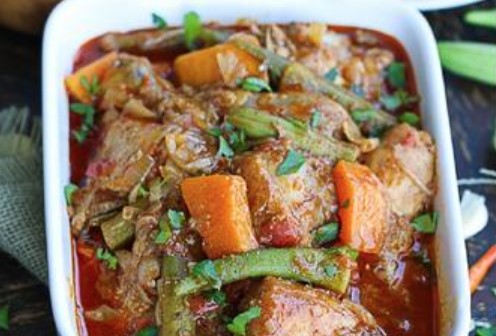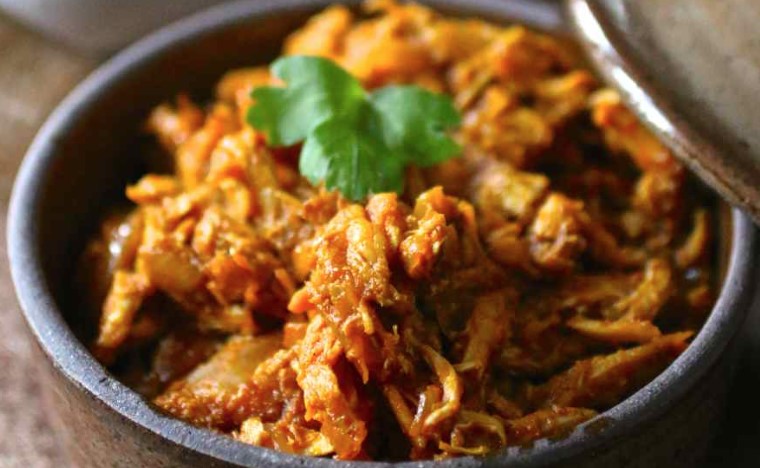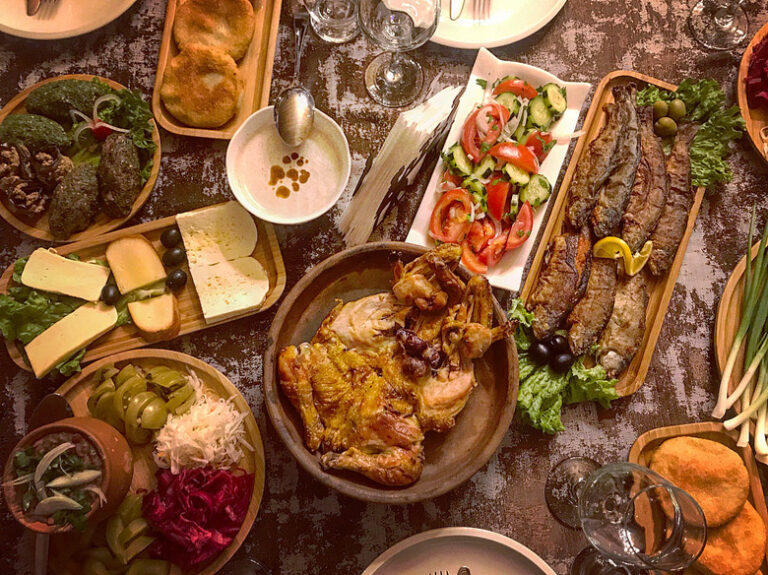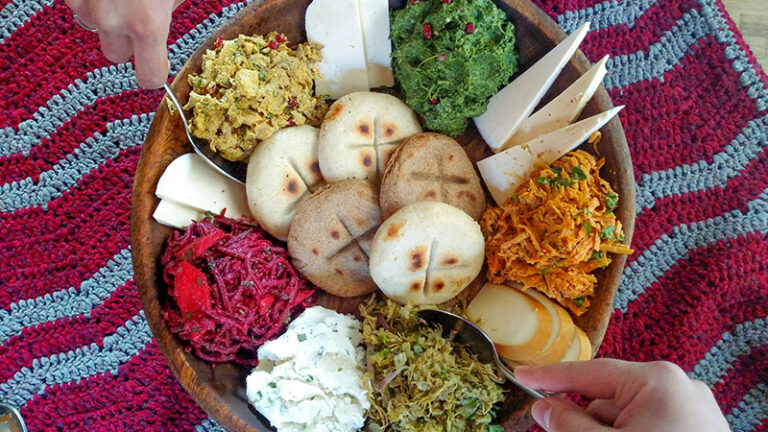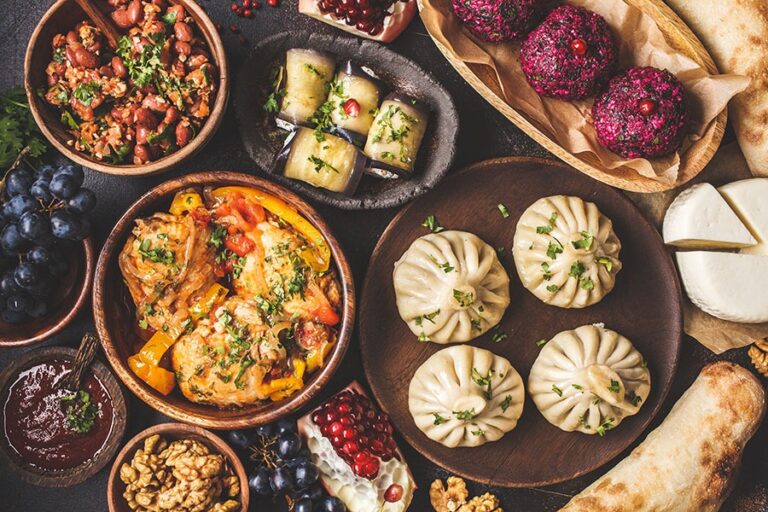Introduction: Gabonese cuisine
Gabonese cuisine is a unique blend of African and French influences, resulting in a diverse and flavorful cuisine. Gabon is located on the west coast of Central Africa, with a climate ranging from tropical to equatorial. As such, the country enjoys a wide range of delicious fruits, vegetables, and meats.
Understanding seasonal ingredients
Seasonal ingredients are those that are only available during certain times of the year. These ingredients are often fresher, tastier, and more nutritious than their off-season counterparts. Using seasonal ingredients is also an important aspect of sustainable cooking, as it helps to reduce food waste and support local farmers.
Fruits and vegetables in Gabon
Gabon is blessed with a wide variety of fruits and vegetables, many of which are available year-round. Some of the most popular fruits include mangoes, pineapples, bananas, and papayas. Vegetables such as okra, eggplant, cassava, and yams are also staples in Gabonese cuisine. During the rainy season, wild mushrooms and other edible plants can also be found in abundance.
Meat and fish consumption
Meat and fish are also important components of Gabonese cuisine. Beef, goat, and chicken are commonly consumed, as well as game meats such as antelope and bush pig. Fish, including tilapia, catfish, and barracuda, are also widely enjoyed. During the dry season, hunting and fishing are often the only means of obtaining meat and fish.
Seasonal dishes in Gabonese cuisine
While many ingredients are available year-round in Gabon, there are certain dishes that are only prepared during certain seasons. For example, during the rainy season, a popular dish called Poulet Moambé is made with chicken, palm nut paste, and okra. Another dish, called Pondu, is made with cassava leaves, palm oil, and smoked fish. During the dry season, grilled meats and fish are more common.
Conclusion: Sustainable cooking in Gabon
Gabonese cuisine is a true reflection of the country’s diverse climate and culture. By using seasonal ingredients and supporting local farmers, Gabonese chefs are also practicing sustainable cooking. Whether it’s through traditional dishes or innovative fusion cuisine, Gabonese cuisine is sure to satisfy any palate.

